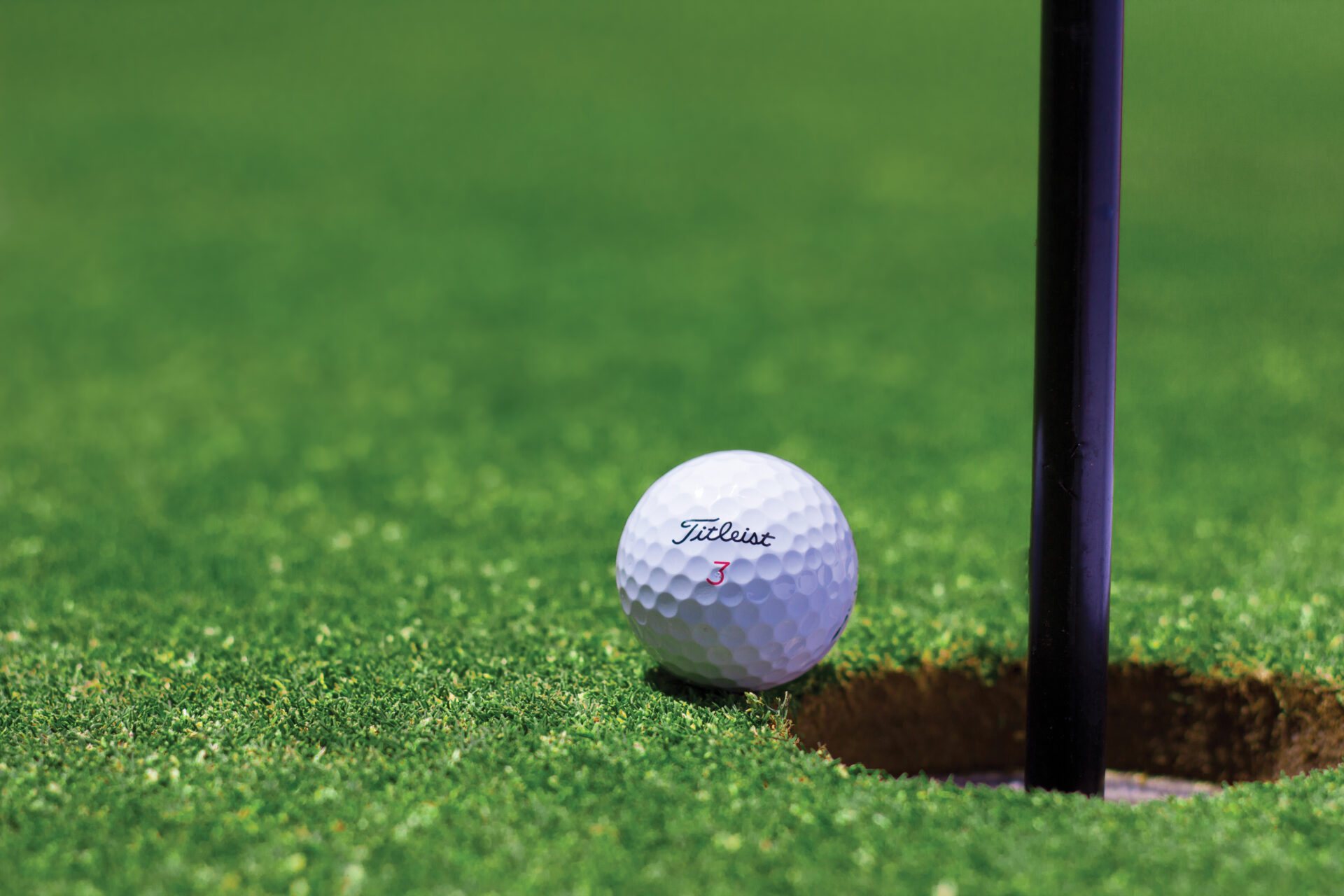Ball bearings are a type of mechanical device that uses small, metal balls to reduce friction between moving parts. They are used in a wide variety of applications, from office equipment and home appliances to automobiles and airplanes. The manufacture of ball bearings involves multiple processes that require careful precision and quality control. This article will provide an overview of how ball bearings are made and the various steps involved in their production.A ball bearing is a type of rolling-element bearing that uses balls to maintain the separation between the bearing races. The purpose of a ball bearing is to reduce rotational friction and support radial and axial loads. Ball bearings are used in a wide variety of applications, from the simplest applications such as roller skates to complex industrial machinery. In addition, they can also be found in power tools, electric motors, and other everyday items such as fans and clocks. Ball bearings are available in both metric and imperial sizes and come in a variety of materials such as stainless steel or chrome steel.
Raw Materials Needed for Ball Bearings
The production of ball bearings requires a variety of raw materials. The most common material used to produce ball bearings is steel. Steel is typically produced in an alloy form and can be hardened to provide durability and strength to the bearing components. Other materials used in the production of ball bearings include brass, bronze, and chrome steel. These materials are all chosen for their durability and ability to withstand wear and tear as well as the effects of lubrication. Additionally, ball bearings may also require additional materials such as seals, lubricants, adhesives, and other components that help ensure a strong bond between the bearing components.
In addition to the raw materials required for production, many companies use other materials during the production process. These additional materials include specialized tools such as grinders, lathes, cutters, drills, taps and dies which are used to shape, form, and assemble the bearing components. Companies may also need additional machines such as heat treating furnaces which are used to harden certain parts of the bearing components. Lastly, companies may need specialized measuring instruments such as calipers or micrometers which help them ensure accuracy during production.
Overall, there are a variety of raw materials needed for producing ball bearings including steel alloys, brass alloys, bronze alloys and chrome steel alloys as well as additional tools and machines like grinders lathes drills taps dies heat treating furnaces calipers micrometers etc.. All of these materials help ensure that ball bearings are made with high quality standards so that they can perform at their best in any environment.
Types of Ball Bearings
Ball bearings are an essential component used in machines and equipment. They are used to reduce friction, support loads, and reduce rotational speeds. There are several different types of ball bearings, each designed for a specific purpose. These include radial ball bearings, thrust ball bearings, angular contact ball bearings, and deep groove ball bearings.
Radial ball bearings are the most common type of bearing and can handle radial loads as well as thrust loads. They consist of an outer ring, inner ring, and several balls that rotate freely between the two rings. Radial ball bearings can be used for a variety of applications such as transmissions, pumps, motors, and fans.
Thrust ball bearings are designed to support axial loads in both directions. They consist of two grooved tracks with an inner ring that has several balls which rotate between the two tracks. Thrust ball bearings are commonly used in automotive transmissions and axles to support the weight of the vehicle during acceleration or deceleration.
Angular contact ball bearings support both radial and axial loads at an angle to the shaft axis. They have a higher load capacity than radial or thrust ball bearings and can be found in applications such as motors, pumps, compressors, wind turbines, cranes, and conveyor systems.
Deep groove ball bearings have a higher load capacity than other types of bearing due to their larger number of rolling elements and deeper track grooves. They are primarily used in electric motors but can also be found in gearboxes or other transmission systems where high speed rotation is required.
Ball bearings come in many shapes and sizes so it is important to choose one that is appropriate for your application. The type of bearing you choose will depend on the load capacity requirements as well as the speed limitations your application demands.
Design of Ball Bearings
Ball bearings are components that use a rolling element in the form of a ball to reduce friction between moving parts. The design of ball bearings is critical to their performance and efficiency. Ball bearings are designed to have a certain amount of clearance between the inner and outer races, as well as between the balls themselves. This allows them to operate smoothly and efficiently, with minimal wear on the metal surfaces.
The geometry of ball bearings can vary significantly depending on their application. For instance, radial ball bearings will have a different design than thrust ball bearings, because they are used for different purposes. In general, radial ball bearing designs will have an inner ring with an outer diameter slightly larger than the bearing’s ball diameter, and an outer ring with an inner diameter slightly smaller than the bearing’s ball diameter.
The number of balls used in a given bearing also affects its design. Generally speaking, more balls will result in lower friction, but increased complexity in manufacturing. The choice of materials is also important when designing ball bearings; typically steel or ceramic balls are used for their strength and durability.
Manufacturing of Ball Bearings
The manufacturing process for ball bearings is complex and precise; each component must be machined accurately in order to ensure that it fits together properly and functions as intended. The most common way to manufacture ball bearings is through a process called cold-forming. In this process, pre-hardened steel blanks are formed into rings using dies in high-speed presses.
Once the rings have been formed, they are then heat treated to harden them further and give them additional strength and durability. After heat treatment, the rings are ready for assembly. The components are then placed into fixtures which hold them securely while machines insert each individual ball into its designated location within the bearing housing.
Finally, each bearing is subjected to rigorous tests which measure its performance characteristics such as noise level, vibration levels and maximum operating speed. If it passes all these tests it is then ready for shipment to customers around the world who rely on these components for efficient operation in their machinery or vehicles.
Machining Process for Ball Bearings
The machining process for ball bearings typically involves several distinct steps. The first step is to prepare the metal blank from which the bearing will be made. This is usually done by turning, milling, or grinding the blank into its desired shape and size. Next, the bearing’s interior components are machined to create its inner race, outer race, and rolling elements. This is typically done using a CNC lathe or milling machine. Once all of these components have been machined, they are assembled together and the bearing’s sealing surfaces are created. Finally, the bearing is inspected for accuracy and any defects that may have been created during the machining process.
The precision of the machining process for ball bearings is critical in order to ensure that they function properly and last as long as possible. If any of the components are not machined correctly, it could cause premature failure in the bearing or even render it unusable entirely. Therefore, it is important to use only high-quality machinery when machining these parts and to inspect them thoroughly after each step of the manufacturing process in order to ensure that all parts meet their specified design tolerances.

Heat Treatment for Ball Bearings
Heat treatment for ball bearings is an important process that helps to improve their performance and lifespan. It involves the use of high temperatures in order to create a more durable material that can withstand the stresses of everyday wear and tear. Heat treating also helps to reduce the friction between the bearing components, which can help to improve efficiency and reduce noise. Heat treatment is often used in combination with other treatments such as shot peening or carburizing, as well as various lubricants. The heat treatment process begins with pre-heating the ball bearings to a temperature that is slightly higher than what they would normally be exposed to during operation. From there, they are placed into a furnace and subjected to a specific temperature for a certain period of time. This allows the material of the bearing to become stronger and more resistant to wear and tear. After this process is complete, the bearings may be quenched in oil or water depending on the type of material used in their construction. Finally, they will be tempered at a lower temperature in order to further increase their durability and performance.
Heat treating ball bearings is an important step in ensuring that they perform optimally over their lifetime. It helps reduce noise, improve efficiency, and increase wear resistance so that they last longer without needing replacement or repair. For these reasons, it is essential that any ball bearing manufacturer uses proper heat treating methods when creating their products.
Grinding Process for Ball Bearings
The grinding process for ball bearings is a critical process in the manufacture of precision ball bearings. The grinding process involves removing material from the bearing surfaces and creating a smooth and even finish on the parts. Grinding is typically done using an abrasive wheel, which is made up of small particles that act as abrasive surfaces. The abrasive particles are usually made of aluminum oxide or silicon carbide, and they are usually embedded in a resin or wax matrix. The grinding wheel spins at high speed, allowing it to remove material from the bearing surfaces quickly and efficiently. The grinding process can also be used to create a finish on the bearing surfaces that will increase its life expectancy and reduce wear.
The grinding process for ball bearings is typically done by hand or with CNC machines. Hand grinding involves using an abrasive wheel to manually grind down the bearing surface until it reaches the desired shape and size. CNC machines are computer-controlled machines that use cutting tools to generate precise shapes at high speeds. CNC machines are often used in production environments where precision and accuracy are paramount.
Before beginning the grinding process, it is important to ensure that all components are properly aligned and lubricated. This will help ensure that the finished product has a smooth finish with no rough edges or uneven surfaces. Additionally, proper lubrication will help ensure that the parts move freely without any binding or sticking during operation. Once all components have been properly aligned and lubricated, the grinding process can begin.
The grinding process for ball bearings requires great skill and precision in order to achieve accurate results. It is important to use quality materials during this process in order to create a lasting product. Additionally, it is important to perform regular maintenance on the equipment used during this process in order to keep it functioning correctly over time.
Lubrication of Ball Bearings
Ball bearings are used in a wide range of applications, from industrial machinery to automotive equipment. Proper lubrication is essential to ensure that the bearings last for a long time and operate at their peak performance. Lubricants help to reduce friction between the bearing components, and also protect the bearing surface from wear. The type of lubricant used depends on the application, as different lubricants have different properties. Generally, oil-based lubricants are used for ball bearings, as they offer superior protection against wear and corrosion. When selecting a lubricant, it is important to consider its viscosity, temperature range, and compatibility with other materials in the system. It is also important to ensure that the lubricant is compatible with the bearing’s seals and retaining elements.
Sealing of Ball Bearings
In order to ensure that the proper amount of lubricant is applied to ball bearings, it is important to use seals or shields. Seals help to keep foreign contaminants out of the bearing while allowing for proper lubrication application. Shields help to keep dirt and debris away from the bearing surface while still allowing for proper lubrication application. In some cases, it may be necessary to use both seals and shields in order to provide adequate protection from contaminants and debris. In addition to keeping contaminants out of the bearing, seals can also help maintain an optimal operating temperature by keeping heat inside the bearing chamber. When selecting seals or shields for ball bearings, it is important to consider their material compatibility with other components in the system as well as their ability to resist wear over time.

Conclusion
The production of ball bearings has come a long way from the simple tools and techniques used by the first bearing makers. Today, sophisticated computer-controlled machinery is used to produce some of the highest quality bearings on the market. The process requires precise measurements and skilled machinists to ensure that each bearing meets the exact specifications needed for its intended application. Ball bearings can be found in many different industries, from automotive to aerospace, and are essential for ensuring smooth operation in a variety of machines. With the right materials and proper maintenance, ball bearings can provide years of reliable service.
Overall, understanding how ball bearings are made is essential to anyone in the engineering or machining fields. It provides insight into precise measurements and quality control protocols that must be followed to ensure proper functioning of these important components. With this knowledge, engineers and machinists will be able to create high-quality parts that ensure their machines operate safely and efficiently for years to come.




